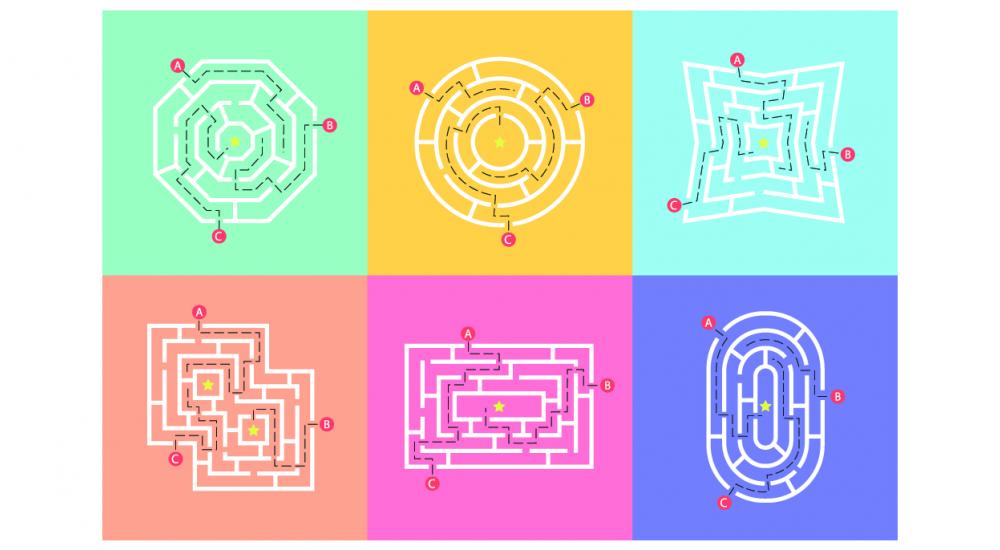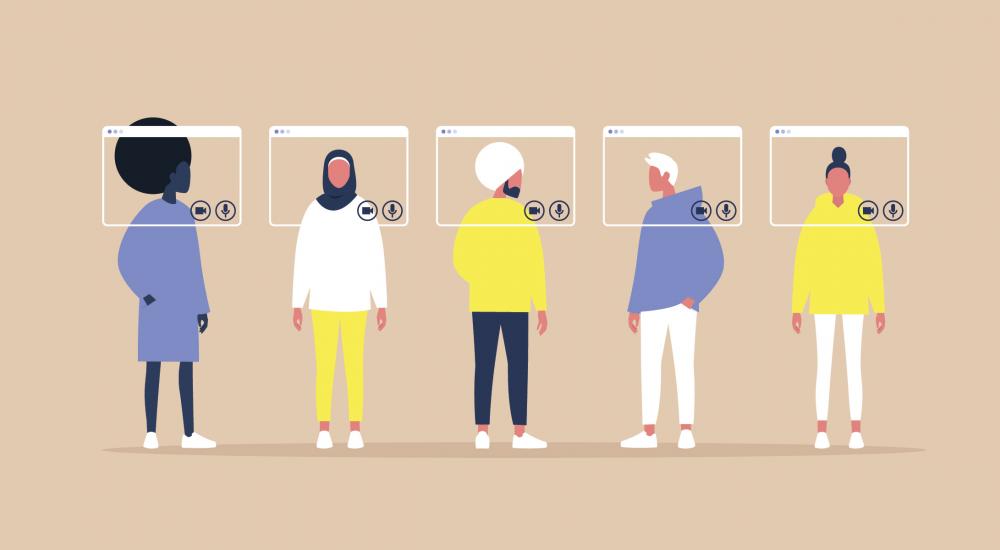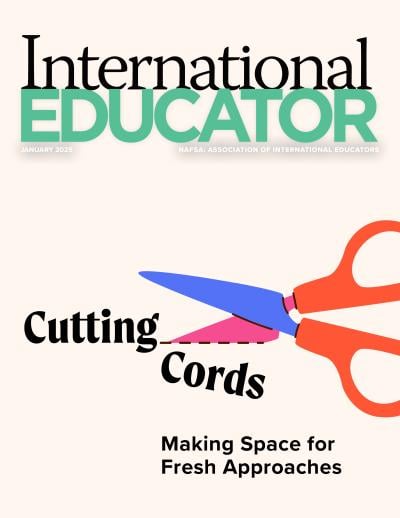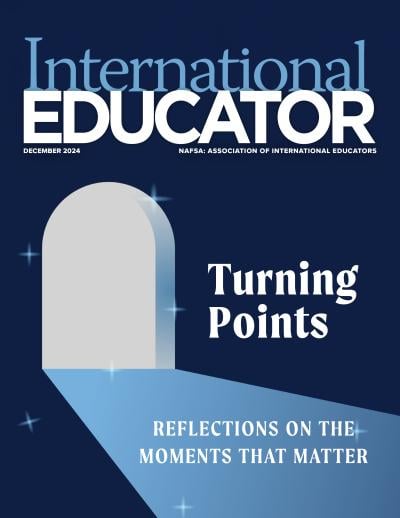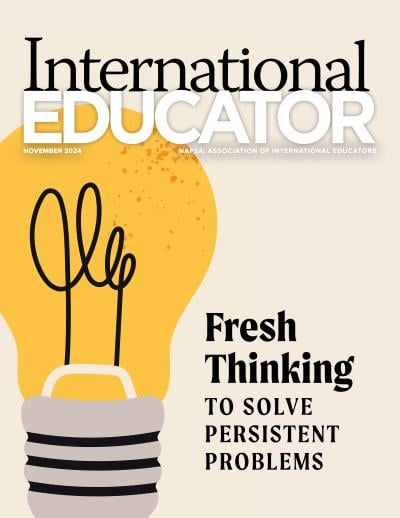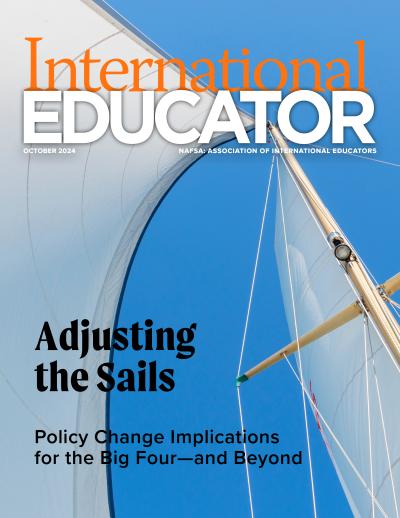The Missing Link in COIL
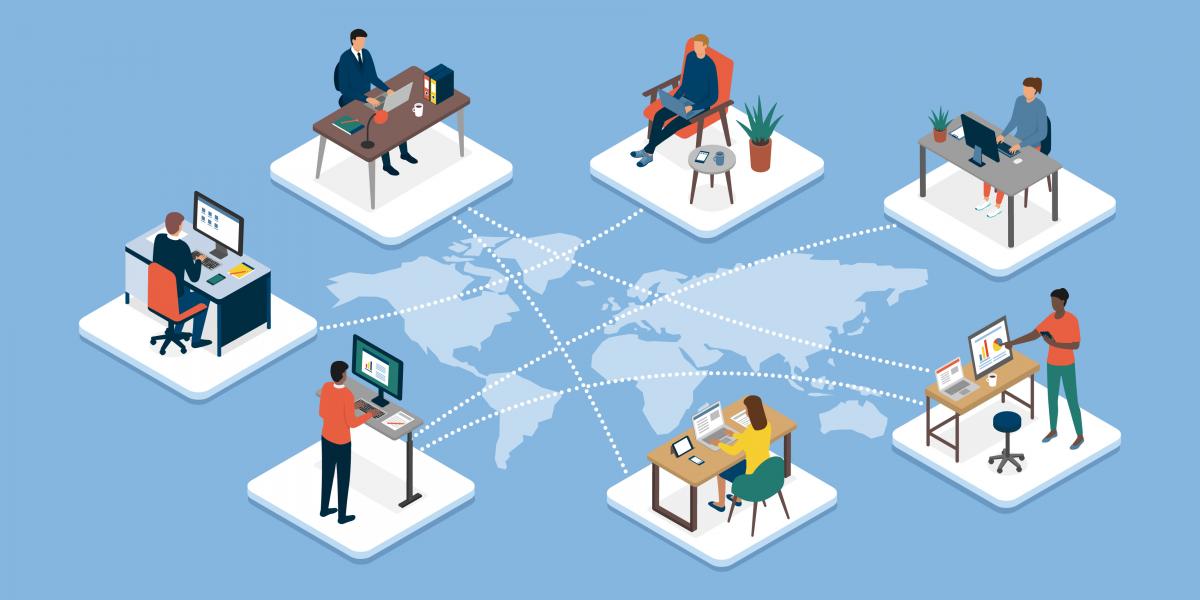
In November 2019, I was feeling jubilant. With my Portland State University (PSU) colleagues, I had just showcased PSU’s inaugural COIL (Collaborative Online International Learning) courses to our provost, who was going to fund the COIL Scholars Program for a second year based on the program’s strong start.
While the launch was a celebratory milestone, it was clear that there would be hard work ahead if this success were to help lay a foundation for a thriving COIL program at PSU. I realized that I needed to draw on the collective and compound expertise of colleagues facing similar challenges in launching and sustaining COIL at their institutions. After I confided this to Greg Tuke, virtual exchange consultant at Going Global, he suggested we establish a regional group of COIL administrators from Oregon, Washington State, and British Columbia.
The administrators had all met the month before in Tacoma, Washington, for the International Virtual Exchange Conference, and when COIL innovators Natalia Dyba and Cindy Schaarschmidt at the University of Washington signed on, the NW COIL Directors group was born. Our group—which now included founding members from Green River College, Langara College, and Seattle University in addition to those of us who had already started to move this forward—envisioned becoming a regional knowledge hub for faculty and administrators interested in virtual exchange (VE) and COIL.
I realized that I needed to draw on the collective and compound expertise of colleagues facing similar challenges in launching and sustaining COIL at their institutions.
VE and COIL are


